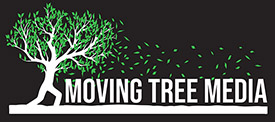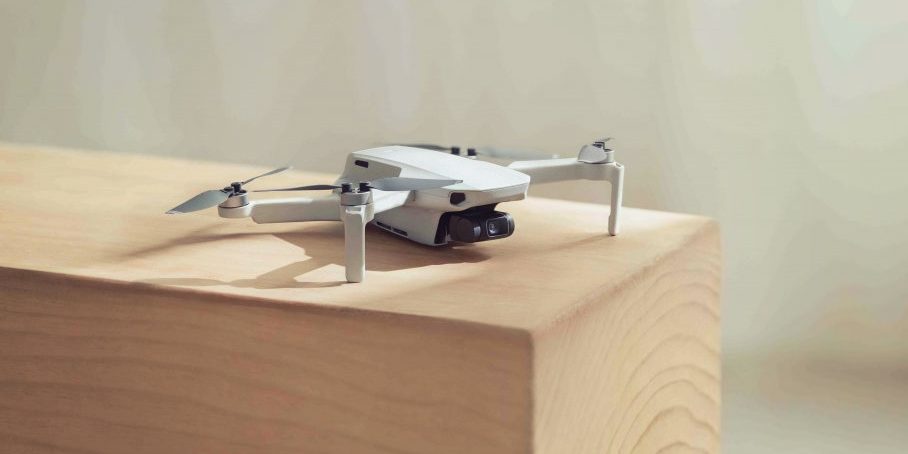Indoor drone flights have revolutionized various industries, from photography and marketing to inspection and compliance. However, before you have a Minnesota drone pilot shoot footage of your indoor space, it’s crucial to ensure that your chosen area is appropriate and safe for flying. In this guide, we’ll delve into the key factors to consider when assessing the suitability of your space for indoor drone flights.
1. Adequate Clearance
One of the primary considerations when evaluating a space for Minnesota indoor drone flights is clearance. Drones require sufficient vertical and horizontal clearance to maneuver safely. As a general rule of thumb, aim for a minimum vertical clearance of 5 feet. This allows the drone to ascend, descend, and perform maneuvers without the risk of collision with ceilings or obstacles.
2. Obstacle Identification and Avoidance
Before launching your drone, meticulously assess the space for potential obstacles such as low hanging wires, lights, pillars, or other objects. Even the most advanced obstacle avoidance systems cannot guarantee complete safety. Carefully inspect the area and remove or mark any obstacles that could pose a risk to the drone.
3. Lighting Conditions
Adequate lighting is essential for Twin Cities indoor drone flights. Dimly lit spaces can hinder the drone’s sensors and cameras, affecting its stability and ability to navigate accurately. Ensure that the area is well-lit, and consider using additional lighting sources if necessary.
4. Airflow
Drones generate airflow, which can be disruptive in spaces with lightweight objects. At one of our indoor drone shoots at a wedding venue, our drone’s propellers accidentally blew 100 lightweight party poppers across the room.
5. Reflective Surfaces
Reflective surfaces, such as mirrors or glass windows, can confuse a drone’s sensors and lead to erratic behavior. Take note of any reflective surfaces in the vicinity and either cover them or mark them to minimize potential issues.
Conclusion
Before embarking on an indoor drone flight, it’s essential to thoroughly assess your chosen space for suitability and safety. Adequate clearance, obstacle identification, proper lighting, airflow concerns, and reflective surface considerations all play critical roles in ensuring a successful and accident-free flight. By taking these factors into account and making informed decisions, you can make the most of Minneapolis indoor drone flights while minimizing risks and maximizing your results.







